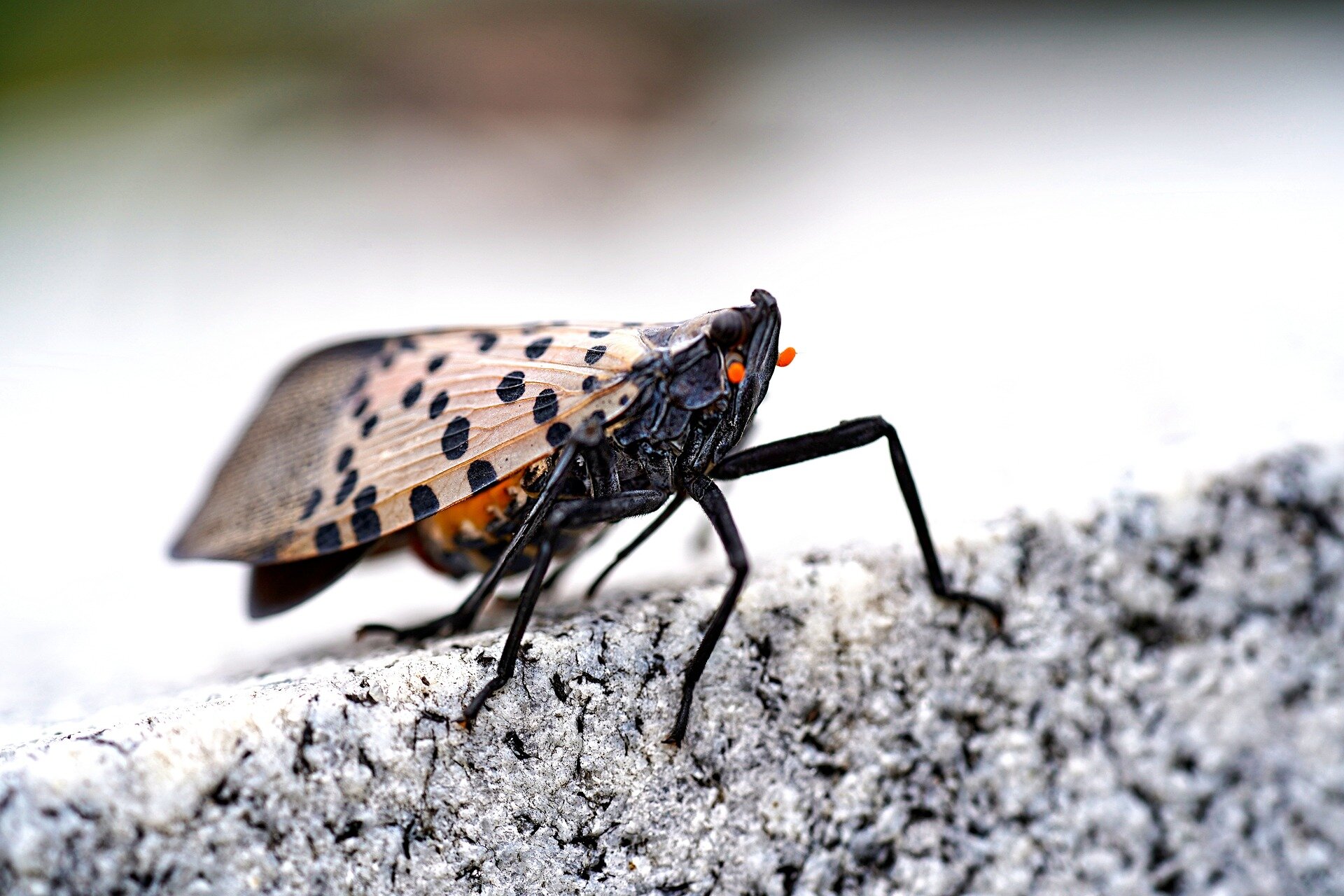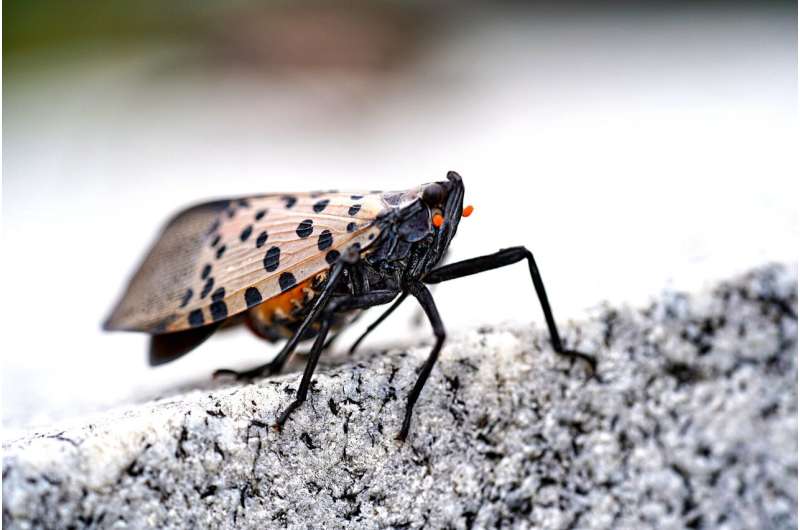

A new study from the University of Maryland identifies key patterns and factors influencing insect pest establishment and detection across the U.S. and suggests public surveillance awareness and involvement is a critical component of efforts to protect agriculture and our ecosystems from harmful pests.
The findings, which were published in the August 2024 issue of Journal of Environmental Management, can be used to improve strategies for early detection and response to new insect pests.
The introduction of non-native species poses substantial ecological and economic threats globally and is a critical driver of environmental change. Early detection is widely seen as crucial to managing and reducing the impacts of emerging pests. However, the role of community members and homeowners in detecting new invasions has not been fully explored until this work.
“Our results highlight areas at highest risk for new pest introductions and where members of the public—people like you and me—have served particularly important roles in detecting new pests,” said Rebecca Epanchin-Niell, an associate professor in the Department of Agricultural and Resource Economics at UMD and lead author of the study.
“These findings can support the design of more cost-effective pest survey programs. For example, a better defensive strategy can be planned if you know where the risks are highest and which areas may already have some detection coverage.”
Epanchin-Niell and her colleagues analyzed more than 100 recent pest introductions and data for 3,000 counties across the United States. They looked at the impacts of various factors such as human population density, proximity to ports, climate conditions, and agricultural activity, on the likelihood of pests becoming established and being detected.
Their results showed that the likelihood of pest establishment is greater in more populated areas and close to ports, reflecting entry points and pathways for pest introduction. Establishment was also associated with climate factors that affect survivability. The team then mapped the likelihood of introduction across the continental United States, visually representing areas at higher risk.
The research also revealed that pests are more likely to be detected by the public in high human population areas, as a higher number of individuals increases the chances of encountering and reporting pests. Public involvement in pest detection also was higher in regions where agriculture constitutes a smaller value in the local economy, where detection by farm operators, agricultural extension, and agency pest surveys may be less focused. In these areas, public involvement in pest detection becomes increasingly critical.
More information:
Rebecca Epanchin-Niell et al, Nonnative pest establishment: Spatial patterns and public detection, Journal of Environmental Management (2024). DOI: 10.1016/j.jenvman.2024.121838
Provided by
University of Maryland
Citation:
Insect pests study finds public surveillance is critical to early detection (2024, July 22)
retrieved 23 July 2024
from https://phys.org/news/2024-07-insect-pests-surveillance-critical-early.html
This document is subject to copyright. Apart from any fair dealing for the purpose of private study or research, no
part may be reproduced without the written permission. The content is provided for information purposes only.